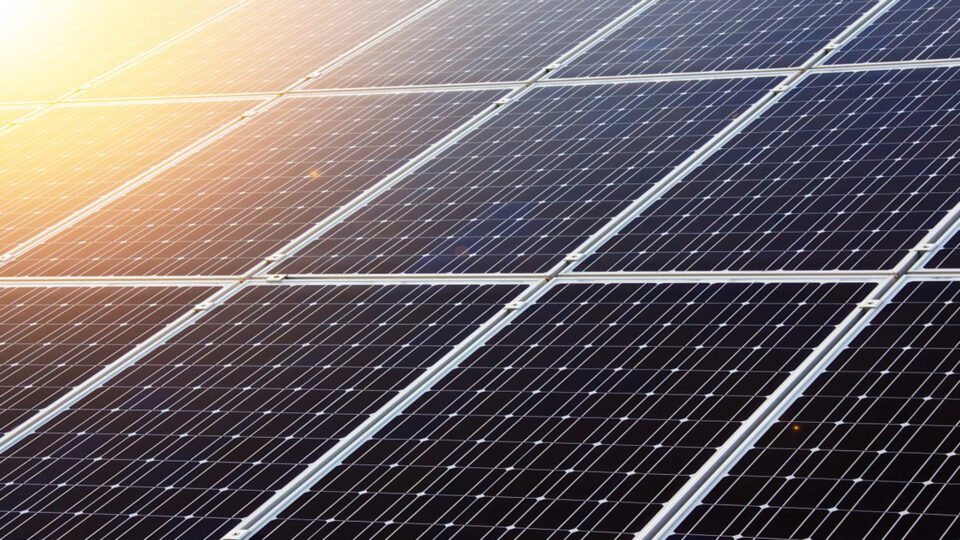We often hear about tipping points and climate change. Tipping points are critical thresholds that, when crossed, lead to large, accelerating, and often irreversible changes. Some of the ones of concern with the climate are thawing permafrost, melting glaciers and ice sheets, and global temperatures reaching certain levels. These are all tipping points that are essential to avoid.
A study published in the journal One Earth by researchers at the University of Exeter in the UK contends that in order to avoid the severe consequences of climate change, we need to trigger some positive tipping points.
Many climate-friendly changes are happening too slowly. Triggering positive tipping points is a way to rapidly reach the high levels of decarbonization required to avoid triggering the negative tipping points of great concern.
Reaching a positive tipping point is a way that beneficial changes can rapidly gain momentum. One example is the adoption of electric vehicles. It has clearly reached a tipping point across Scandinavia and has happened rapidly. Norway has managed to transition the market share of electric vehicles from under 10% to nearly 90% in less than 10 years. At some point, everybody wanted an electric car. This is evidence that positive tipping points can happen.
Many of the other forms of decarbonization need to move from their current level of adoption to rapid expansion. A combination of affordability, attractiveness, availability, and political will are needed to trigger tipping points. Exactly what those tipping point are is not necessarily known, but unless something accelerates the current pace of change, it will be very difficult to prevent negative climate tipping points from changing the world in destructive ways.
**********
Web Links
Positive tipping points must be triggered to solve climate crisis
Photo, posted July 8, 2023, courtesy of Michael Swan via Flickr.
Earth Wise is a production of WAMC Northeast Public Radio



